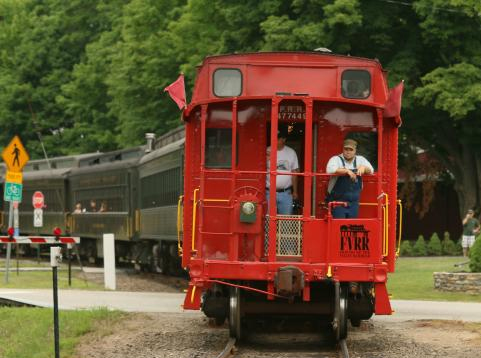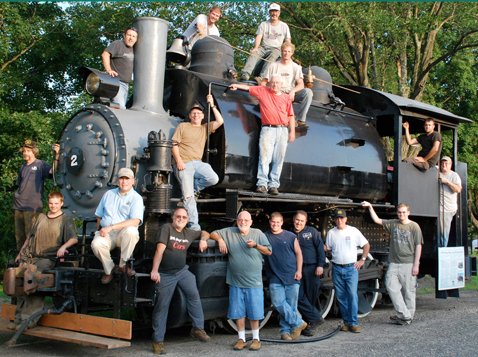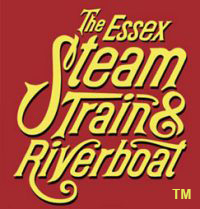Caboose Weekends

What is a Caboose?
The word “caboose” is of Dutch origin and means the “galley of a ship.” Soon, more modern terms for the caboose evolved: crummy, cabin, hack. Why these terms were applied to a railroad car is uncertain, but entertaining!
The initial need for the caboose was as an office for the conductor who was responsible for the train and the routing of the cars, resulting in much paperwork. Additionally, the two brakemen required at that time needed personal shelter and storage for their lanterns and flags. (Until recently, train crews would be in service commonly two days and potentially a week or more under storm and delay circumstances.) By 1850, the design of the cars developed to include beds, stoves, lockers, and at least one desk. It was necessary for the crews to monitor the train for hot wheel bearings, dragging car parts, protruding lading and the omnipresent hobos; thus came the addition of a lookout, or cupola, on the car top.
Friends of the Valley Railroad
On special weekends, we couple on the Friends of the Valley Railroad’s (FVRR) caboose. Your extra fare for riding on the caboose ($5.00 per person) goes directly towards such FVRR projects as this caboose, steam locomotive #2, and the Mainline North track project.
The caboose, or cabin car as the Pennsylvania Railroad (PRR) referred to it, is owned by the non-profit Friends of the Valley Railroad and was named in honor of Ralph H. Gibson, a longtime member of the FVRR and, for many years, a conductor on the Valley Railroad. This particular car was originally built for the PRR, passed on to Penn-Central and subsequently to Conrail. Upon its retirement, it was purchased by Mr. and Mrs. William Stoddard of Palmer, MA. In 1993, the Stoddards donated the caboose to the Friends with the hope that it would once again grace the rails. They had to wait six years but, in 1999, their wish become a reality.


